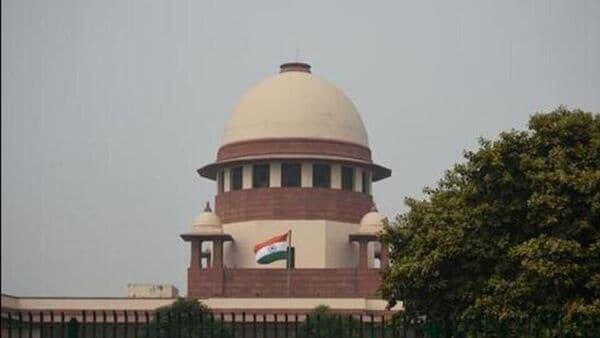
Not Every Private Property Can Be Acquired By States, Rules Supreme Court
The landmark judgement was given by a nine judge bench comprising of CJI DY Chandrachud, justices Hrishikesh Roy, JB Pardiwala, Manoj Misra, Rajesh Bindal, SC Sharma and Augustine George Masih.
The apex court, however, observed that some private resources may fall under the definition of material resource under Article 39(b) depending on the nature of resource being 'material' and the impact of the resource on community.
Also Read | SC bench rules by 8:1 majority that states can regulate industrial alcoholWhile deciding whether a private resource is a material resource, the court must determine whether its distribution subserves common good, announced the Supreme Court , reported legal news agency Bar and Bench.
Article 39(b): The case behindThe case dates back to a batch of petitions that were filed in 1992, and were later referred to a nine-judge bench in 2002. Following a legal limbo for over two decades, they were finally brought up for hearing in 2024.
Also Read | Supreme Court to hear NEET-PG 2024 plea seeking transparency of resultsThe core decision was pending on whether "material resources of the community," as outlined in Article 39(b), also encompasses privately owned resources. The appellants had contended that the Constitution's drafters would have clearly included private property in the term“material resources” if that was the intent, mentioned a report by Live Law .
What was the majority view?Authoring the majority opinion, CJI Chandrachud acknowledged that while the term "material resources of the community" could, in theory, encompass privately owned assets, not all private property should be classified as public resources merely because it serves certain material needs.
The ruling further stated that the broad interpretation of this concept, as articulated by Justice Krishna Iyer in the 1978 Ranganath Reddy case, which included private resources within "material resources of the community," should not be considered binding.
Also Read | CJI reacts to row over PM's visit to his home: 'Unnecessary, unwarranted...'Justice BV Nagarathna delivered a partially concurring opinion, suggesting that private property-excluding personal possessions like household items-could be considered a community resource if it were acquired or nationalized by the state, or if it were donated for public use.
Meanwhile, Justice Sudhanshu Dhulia dissented, offering an alternative interpretation of the application of Article 39(b), though the details of his reasoning are yet to be released, stated Live Law's report.
Legal Disclaimer:
MENAFN provides the information “as is” without warranty of any kind. We do not accept any responsibility or liability for the accuracy, content, images, videos, licenses, completeness, legality, or reliability of the information contained in this article. If you have any complaints or copyright issues related to this article, kindly contact the provider above.






















Comments
No comment